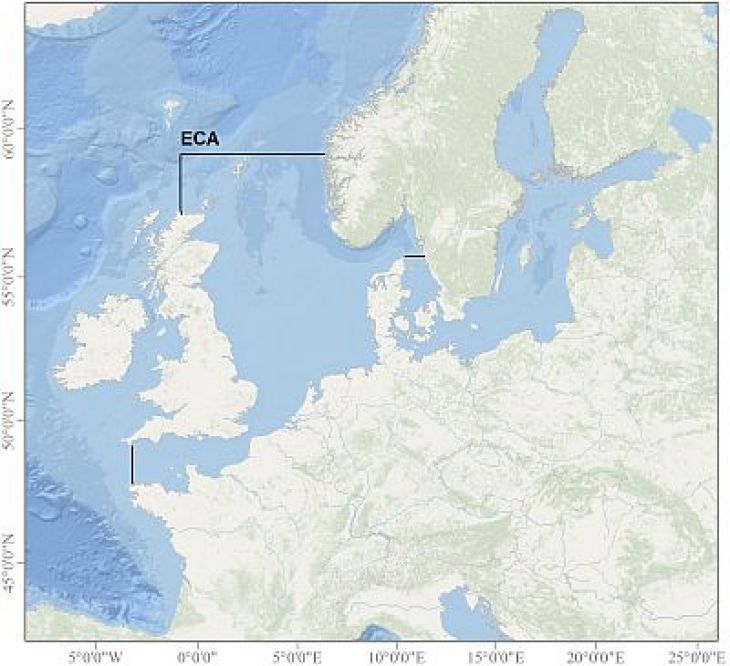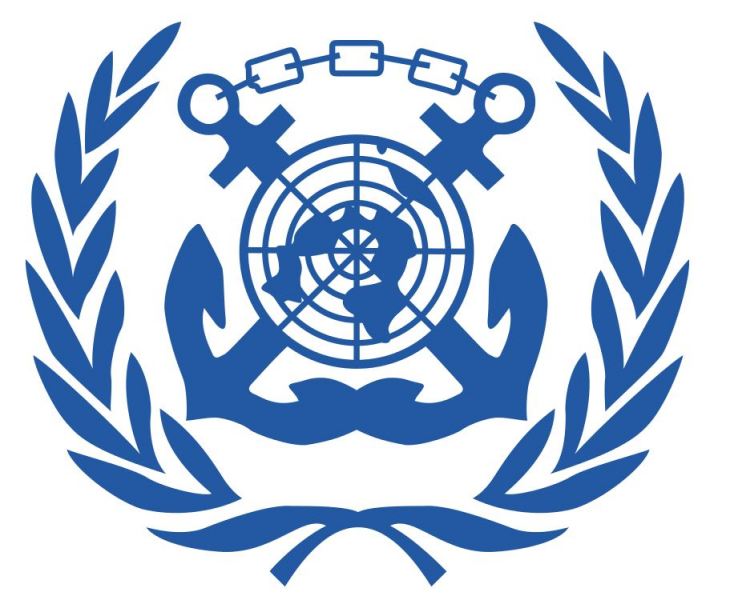Scenarios

This section describes five possible future ship emission scenarios and their impact with regards to pollutant concentrations in the atmosphere. The emission scenarios described below were generated based on political guidelines, for example the International Maritime Organisation (IMO) is aiming to lower the levels of sulfur and nitrogen emissions by declaring the North Sea for an emission control area (MARPOL Annex VI (ECA). They also are focussing on technical developments such as the introduction of exhaust gas cleaning technologies and the use of alternative fuels.
Both in the emissions and the model results sections the impact of the scenarios described are explained by comparing them to the a real life scenario, which are the emissions and resulting concentrations found in a study 2011 (reference case).
The applicable regulations in the Emission Control Areas are the results of an agreement within the International Maritime Organization (IMO) and they are laid down in MARPOL Annex VI.
The reference case contains emissions from all sources (industry, traffic, heating) of the year 2011 including seagoing ships. These emissions were used to calculate air pollutant concentrations with the air quality model CMAQ.
Ship Contribution
The contribution of ships to emissions was calculated with a bottom-up ship emissions model developed during the project. The influence of ships on pollutant concentrations was determined by comparing CMAQ model results when using all emissions sources (including ships) to those when using only land-based sources.
All scenarios are supposed to describe the emission and pollution situation in 2030. While land-based emissions were kept constant, an annual growth of the shipping sector by 3% was assumed.
Scenario I: No ECA
An implementation of the ECA for NOx and the determination of a global SOx limit < 0.5 could not be established to avoid additional pressure on the global economy. Within the ECA fuel containing 0.1% Sulfur is permitted. This scenario is considered to be the worst case scenario.
Scenario II: ECA SCR 21
The year 2021 is assumed in this scenario to be the year of the implementation of the ECA (in line with the Tier III regulations) for NOx in the North and Baltic Seas. To comply with the rules the use of scrubbers (SCR) is preferred by ship owners compared to the use of liquefied natural gas (LNG) due to their high costs. The global sulfur limit of 0.5% will be in force in the year 2020 and the percentage of sulfur in the fuel within the SECA is 0.1% since 2015.
Scenario III: ECA SCR 16
All assumptions are the same as in the ECA SCR 21 scenario, except for the implementation date of the NECA. The year 2016 is assumed in this scenario to be the year of the implementation, wherefore the impact is slightly stronger. The strict rules for NOx emissions for new build ships within the ECA do in this scenario from 2030 on also apply on older ships. This scenario is considered to be the best case scenario and illustrates the reduction potential of exhaust gas cleaning systems.
Scenario IV: ECA opt
In this scenario all ships will apply the Tier III regulations for NOx emissions. This scenario is considered to be the best case scenario and illustrates the reduction potential of exhaust gas cleaning systems.
Liquefied natural Gas (LNG) Variation
The scenarios II (ECA 21) and III (ECA 16) have an LNG variation, respectively. Here it is assumed that LNG is the cheaper solution for ship owners to comply with the rules. In the year 2030 about 6000 ships in the North Sea will run on LNG, especially those who run 50% or more of the time in the North and Baltic Seas.

